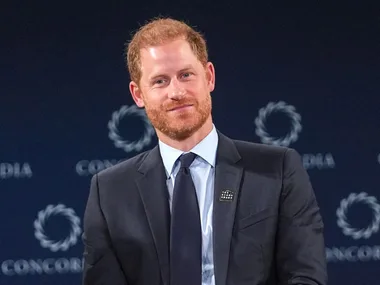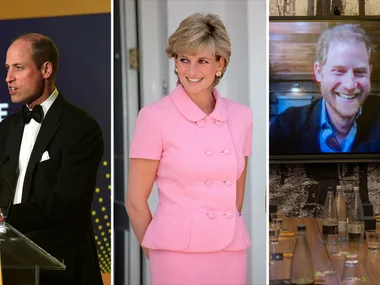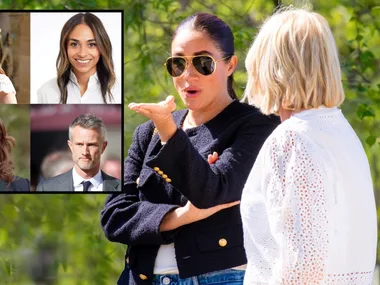A new survey of about 800 Australians by Bankwest has found that more women are struggling financially than men. The Financial Fitness Index found 39 per cent of the women surveyed were financially unfit, which is almost the half that of men at 23 per cent.
And the numbers get worse. Commonwealth Bank-owned Bankwest recorded a rise in the number of women who are financially unfit by eight percentage points, while the number of men who are struggling financially has dropped by twp percentage points compared to 12 months ago.
Vittoria Shortt, head of retail at Bankwest, admitted that the contrast in results for each gender could be caused by the fact that women earn less on average than men. Shortt also notes that many households have experienced higher living costs in the past year.
Looking at Australian Bureau of Statistics data, the average male adult’s income is $1361.50 per week while adult women fall short of that by more than $230 per week. That’s almost $12,000 a year less than men.
While there’s no doubt that there’s more than a little inequality with average salaries between men and women, the rising living costs affect households equally. Although some could argue that running several hair straighteners, blow dryers and various other grooming equipment in a household full of females could bump up the electricity bill somewhat further than a house full of men.
For those women who have entered 2011 with a little too much debt on their credit cards or came back from summer holidays with not a penny to their name, it’s not too late to pull your financial health back in shape.
Start by putting your credit cards on a diet. If you have more than one, it might be worth considering consolidating your cards to the one account.
Balance transfer credit cards are a good solution for those determined to get back on top of their finances. They work by moving your debt from your other cards to the new card with a low introductory rate, for instance 0 percent for six months.
The trick to balance transfer cards is to pay off your debt during the honeymoon period before the interest rate reverts to a much higher rate. The purchase interest rate can also be much higher so it’s best not to use the card for purchases either.
If you’re serious about saving in 2011, start by comparing your financial products online at RateCity.com.au and get out of debt for good.
Michelle Hutchison is a consumer advocate at RateCity. RateCity is a privately owned company in partnership with ninemsn, publisher of the Australian Women’s Weekly website. The above information is general only and does not take into account your objectives, financial situation or needs.

















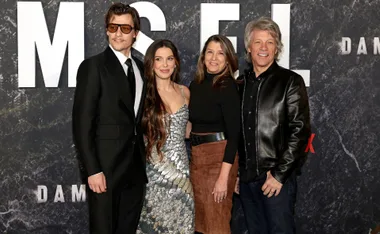



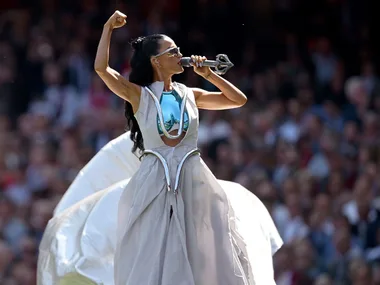
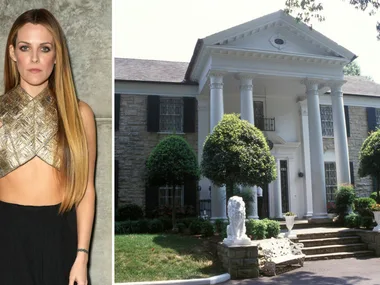
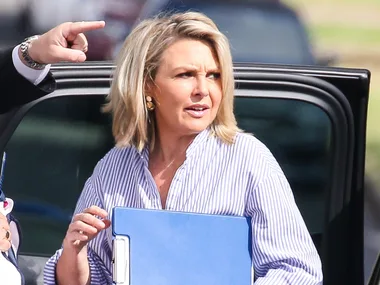
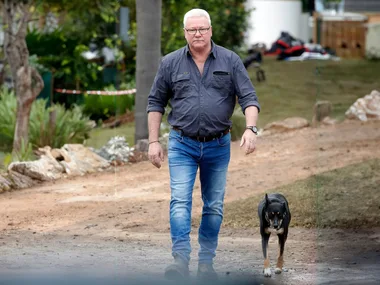














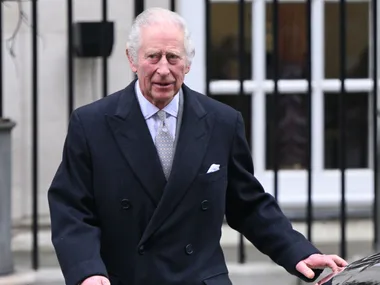



-(2).jpg?resize=380%2C285)
